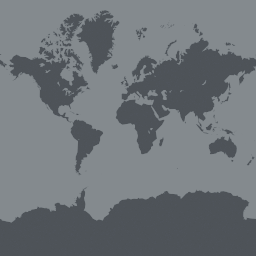Arachnids are among the most common and ubiquitous of animals, present in all terrestrial ecosystems. With the exception of Acari (mites), all Arachnids are obligate carnivores, and insects constitute their principal prey. Being short-lived, Arachnids adjust rapidly to changes in the environment thus making them useful ecological indicators. Moreover, many arachnids are also considered to be of medical importance.
For Zimbabwe and its protected areas, data about Arachnid fauna of is not available to policy makers. As a result, conservation policies for sustainable resources and protection have been developed with no knowledge of this important component of the biodiversity being included. Digitization and online accessibility is therefore an extremely useful and important tool to make natural heritage available and inform policy makers.
The Arachnid collection of the Matobo Hills World Heritage Site held at the Natural History Museum of Zimbabwe contains information on Scorpiones, Solifugae and Araneae that can be useful to both policy makers and medical practitioners This project aims to digitize and organize the collection in a multimedia database for easy access to every interested person. The project team will also publish the database to GBIF for reliable access.
Project Progress
The project has digitized 4208 records of Arachnids from the Matobo World Heritage Site and work is ongoing with accessioning new collections from this area to be included in the project database. The team have begun cleaning this data and will continue with geo-referencing, correcting and verifying identifications using the latest literature. Similarly, data for the Scorpion collection has been cleaned and published in a checklist containing eight species as well data from nine Araneae families of eighty three species.
In January, project partners attended a Biodiversity Digitization and Mobilization workshop hosted by the Natural history Museum which is working in collaboration with three other BID projects from the Museum and the national BID project led by Bindura University of Science Education, National Herbarium and the Forestry Commission. This was an important opportunity to exchange information and form collaborations between all partners working closely with biodiversity information in Zimbabwe.
The project ended with 4271 cleaned and georeferenced records of Arachnids (Scorpions, Solifugae, and Araneae) that has been digitalized. This data has been used to make a published checklist of 8 species of scorpions from 3 families, 11 species of Solifugae from 3 families, and 267 species of Araneae from 42 families. Of the 4271 records many are juveniles which cannot be identified to spices, just genus level. Some of the species that where found are new to science and will be described in further publications. Furthermore, many of the species that were found are from single localities making the production of maps futile.
There are indications that the abundance of species have changed over a ten year period highlighting the importance of spiders as ecological indicator species. Monitoring of the Arachnid fauna in the Matobo Hills will continue.
This programme is funded by the European Union.





